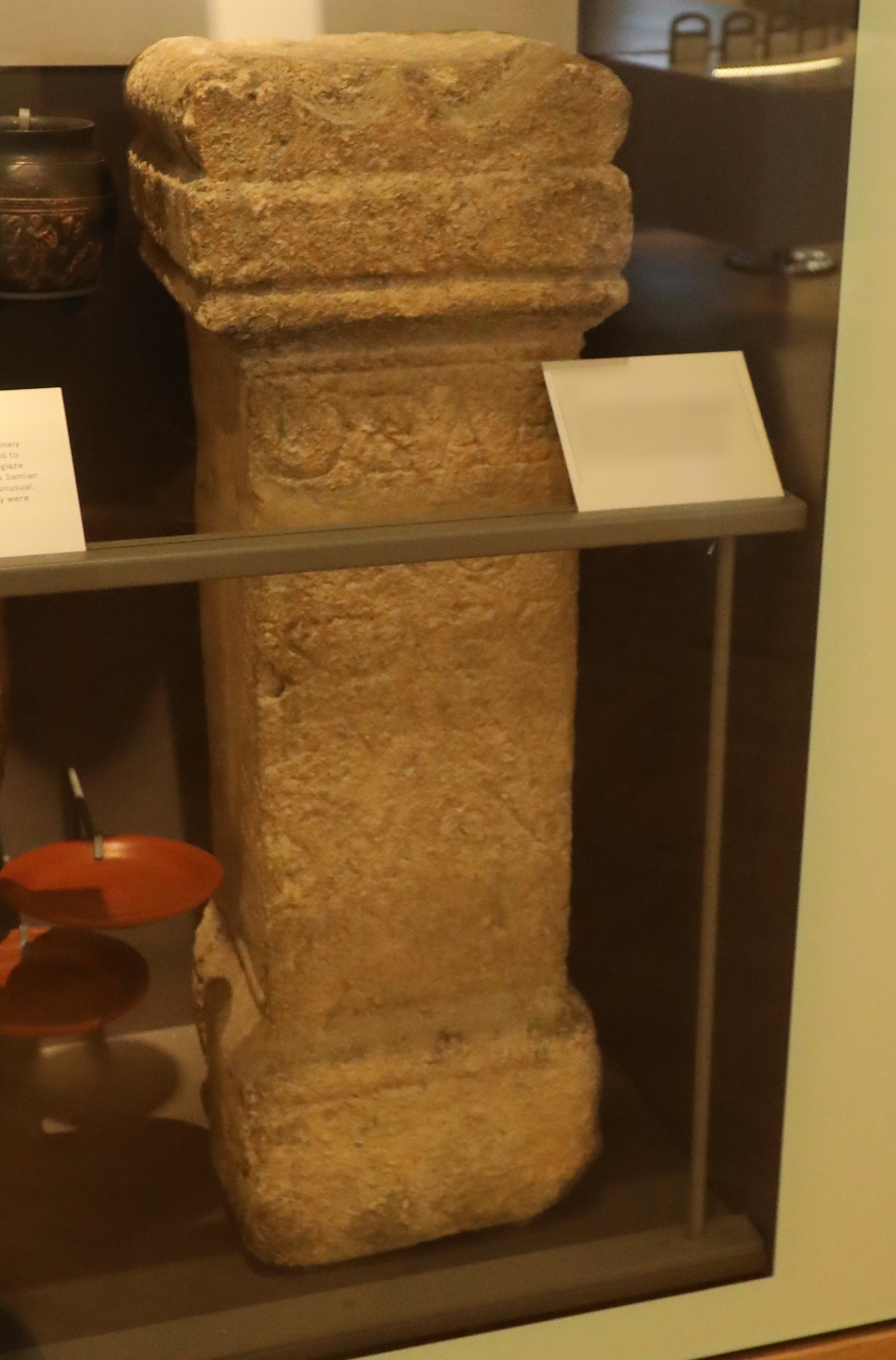Ancasta on:
[Wikipedia]
[Google]
[Amazon]
 Ancasta was a Celtic goddess worshipped in
Ancasta was a Celtic goddess worshipped in
Proto-Celtic—English lexicon
" (See als
this page
for background and disclaimers.) The inscription is now in the SeaCity Museum.Clausentum
Pastscape, retrieved 13 January 2012 It was previously in the museum at God's House Tower.
Roman Britain
Roman Britain was the territory that became the Roman province of ''Britannia'' after the Roman conquest of Britain, consisting of a large part of the island of Great Britain. The occupation lasted from AD 43 to AD 410.
Julius Caes ...
. She is known from a single dedicatory inscription found in the United Kingdom
The United Kingdom of Great Britain and Northern Ireland, commonly known as the United Kingdom (UK) or Britain, is a country in Northwestern Europe, off the coast of European mainland, the continental mainland. It comprises England, Scotlan ...
at the Roman settlement of '' Clausentum'' ( Bitterne, near Southampton
Southampton is a port City status in the United Kingdom, city and unitary authority in Hampshire, England. It is located approximately southwest of London, west of Portsmouth, and southeast of Salisbury. Southampton had a population of 253, ...
). Ancasta may be taken to be a local goddess, possibly associated with the nearby River Itchen.
The votive dedication to Ancasta reads:
:DEAE ANCASTAE GEMINVS MANI VSLM
:"To the goddess Ancasta, Geminus Mani iuswillingly and deservedly fulfills his vow."
It may be possible that the name 'Ancasta' is related to Proto-Celtic
Proto-Celtic, or Common Celtic, is the hypothetical ancestral proto-language of all known Celtic languages, and a descendant of Proto-Indo-European. It is not attested in writing but has been partly Linguistic reconstruction, reconstructed throu ...
''*kasto-'' meaning 'swift'.Centre for Advanced Welsh and Celtic Studies, University of Wales
The University of Wales () is a confederal university based in Cardiff, Wales. Founded by royal charter in 1893 as a federal university with three constituent colleges – Aberystwyth, Bangor and Cardiff – the university was the first universit ...
.Proto-Celtic—English lexicon
" (See als
this page
for background and disclaimers.) The inscription is now in the SeaCity Museum.Clausentum
Pastscape, retrieved 13 January 2012 It was previously in the museum at God's House Tower.
References